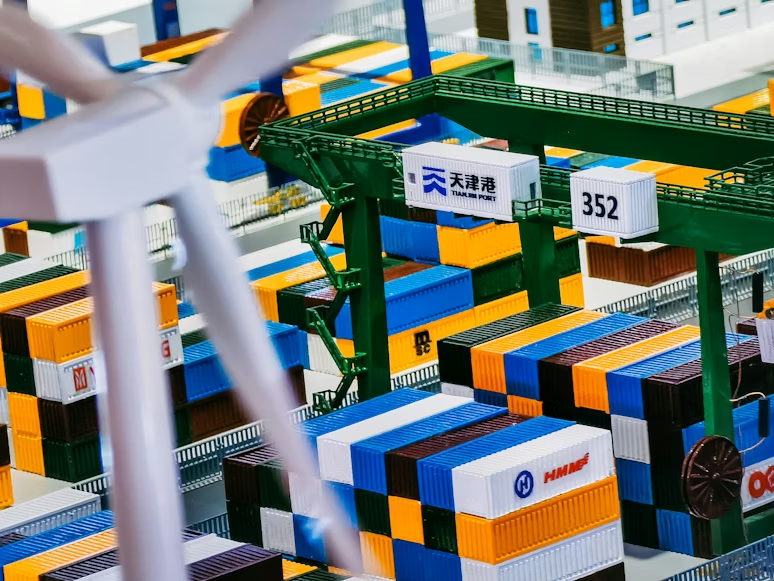Amidst the challenges brought about by global disruptions in supply chains, warehouses worldwide are under increasing pressure to elevate their performance levels when it comes to import and export operations. In this blog post, we will explore eight strategies to streamline import and export processes, focusing on the fundamentals of warehouse operations.
- EDI vs. API: One crucial decision to make is whether to use Electronic Data Interchange (EDI) or Application Programming Interface (API) for information exchange. EDI has been a long-standing choice, while API-based systems are gaining popularity due to their flexibility and real-time collaboration advantages.
- Dedicated Import/Export Facility: Consider the need for a separate facility for import and export operations if your existing logistics facilities face regular delays due to international operations. This dedicated facility can be on the same campus or even within the same building. Alternatively, outsourcing to a third-party logistics provider may be a cost-effective solution.
- RFID Over Barcodes: While barcodes have been a staple in supply chain systems, Radio Frequency Identification (RFID) tags are becoming a strong competitor. RFID tags offer advantages such as non-line-of-sight scanning, rewritability, and the ability to store complex information. These benefits are particularly useful for maintaining transparency in the import and export process.
- Cloud Workflows: Leveraging cloud-based workflows can enhance global collaboration, especially in a world where communication with international partners is critical. Logistics Software-as-a-Service (SaaS) deployments facilitate real-time collaboration through common platforms, reducing miscommunications and delays in the supply chain.
- Reliable 3PL: Working with a trustworthy third-party logistics provider (3PL) is vital for international supply chains. 3PLs offer expertise in international logistics and the necessary infrastructure for compliance and logistics efficiency. It’s essential to choose a 3PL with experience in the countries you trade with.
- Compliance Training: Compliance is often the most challenging aspect of importing and exporting. Ensuring that your workforce understands their compliance responsibilities is crucial. Since global standards can vary, training employees to recognize and address compliance misalignments helps prevent costly errors.
- Streamline Picking and Packing: Improving picking and packing processes is essential to boost warehouse efficiency. Warehouses can evaluate their slotting systems, implement automation to guide pickers, and optimize the storage of goods packaged to international standards for streamlined pick and pack operations.
- Warehouse Management System (WMS): A WMS is an indispensable tool for efficient warehouse operations in the 21st century. WMS software includes features for packing, receiving, picking, putaway, and more. For warehouses handling imports and exports, a WMS can automate compliance, simplify information flows, and harmonize international workflows.
In conclusion, the import and export landscape for businesses has become more challenging due to global disruptions. However, by focusing on these fundamental strategies, warehouses can enhance their efficiency and meet the demands of international supply chains effectively. Whether it’s selecting the right technology or refining processes, these steps contribute to a smoother import and export experience.
Your source for supply chain logistics news updates: The Supply Chain Report. Enhance your international trade knowledge at ADAMftd.com.
#SupplyChainSolutions #WarehouseEfficiency #ImportExportOptimization #EDIvsAPI #RFIDInnovation #CloudLogistics #ThirdPartyLogistics #ComplianceTraining #WMS #LogisticsAutomation #GlobalSupplyChain #StreamlineOperations

















